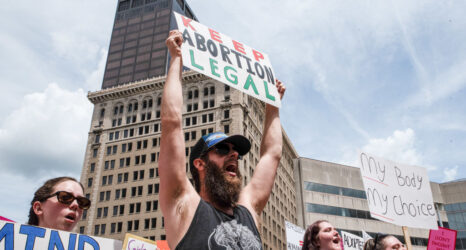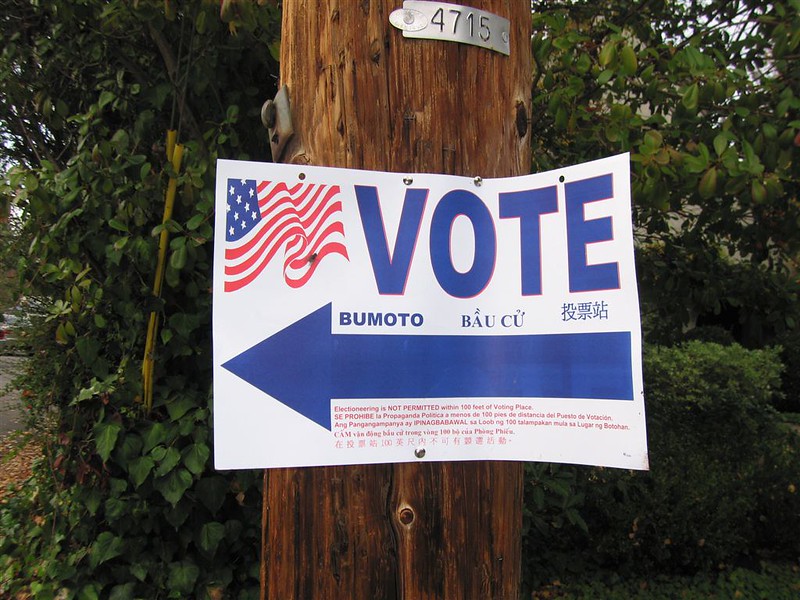
Making sure that people vote in “normal” times is hard enough: In 2016, despite record turnout, only 61.4 percent of eligible voters showed up to the polls. Throw in a global pandemic, Republican-led efforts to disenfranchise voters, Trump’s (arguably fascist) desire to delay the election and the possibility of foreign interference—and a secure presidential election in November can start to seem nearly impossible.
And in 2020, the stakes couldn’t be higher: In November, in addition to electing a president, Americans will elect the entire membership of the House and over a third of the Senate.
But luckily, there is hope: Congressional action.
To encourage and protect voting, a fundamental pillar of democracy, Congress can and should take action in augmenting three intersecting areas—security, access and funding—to preserve the integrity of Election Day.
SECURITY
According to the National Election Defense Coalition, all e-voting machines should be decommissioned in 2020, and preferably permanently banned.
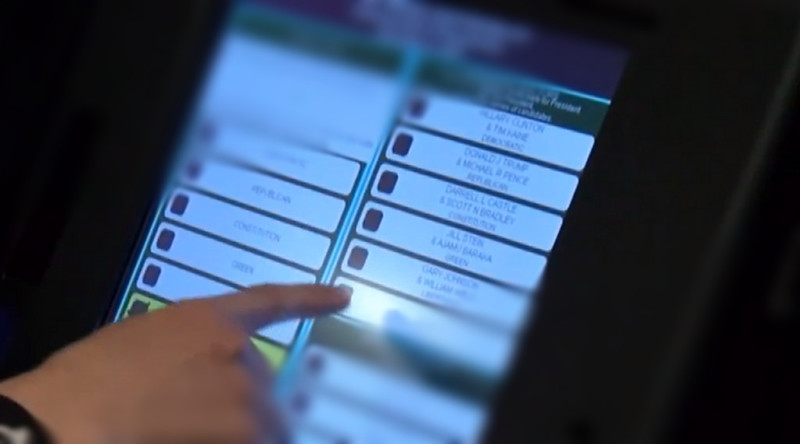
First, the sanitation effort for a touchscreen will be too burdensome.
Second, the machines “pose a well-documented, high-level national security threat, vulnerable to every form of manipulation and cyber-attack, and their results cannot be verified.”
And beyond being increasingly vulnerable to attacks, voting machines (like all tech) can simply be glitchy: Recall 2018 midterm voters in Texas who reported watching their votes cast for Democratic challenger Beto O’Rourke switch on-screen to incumbent Republican Sen. Ted Cruz.
Computer scientist J. Alex Halderman attributed the 2018 Texas error to software bugs—but warned: “What’s happening in Texas is another warning sign of aging machines not functioning well, which makes them fertile ground for vote-stealing attacks. … There are so many gaps left in election security—particularly when it comes to polling place equipment. It would certainly be possible to sabotage election systems in ways that would cause massive chaos.”
“Ultimately—whether scenarios like the one in Texas stem from glitchy software, defective machinery or an adversarial hack—one outcome is a loss of confidence in our election process,” wrote Jen Schwartz for Scientific American.
ACCESS
Voting must be as easy as possible—and the first step is ensuring voter registration is as simple as possible. One way is through automatically registering eligible citizens as voters. Almost 70 percent of Americans support such an action.
Another option is making Election Day a national holiday—a move more than two-thirds of Americans say they’d support, according to Pew Research.
In 1845, when Election Day was chosen to be on the first Tuesday in November, most Americans led agrarian lifestyles. But today, experts say, weekday voting creates obstacles for many workers—most especially emergency and low-income workers. (And, incidentally, non-voters commonly say inconvenient voting locations and scheduling conflicts are some of the major reasons they did not cast a vote.)
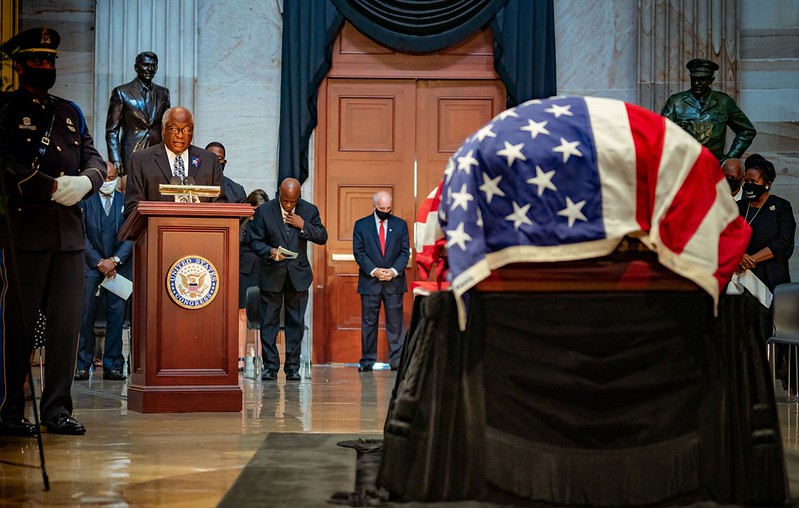
Passing the John R. Lewis Voting Rights Act would be another great first step for Congress. Named in the honor of life’s work of recently departed John Lewis, the act would restore key aspects of the Voting Rights Act, such as preventing states from passing voter suppression tactics and applying strict punishments for those that attempt to. Passed by the House in December (then called the Voting Rights Advancement Act of 2019), Sen. Mitch McConnell has thus far denied the legislation a vote in the Senate.
Another option is offering online voter registration. Forty states and Washington D.C. offer such an option as of July, and Oklahoma has passed legislation to phase in the same—just in time for November.
Vote by Mail
Another way to increase access is to increase the amount of voting options available—including vote by mail (VBM).
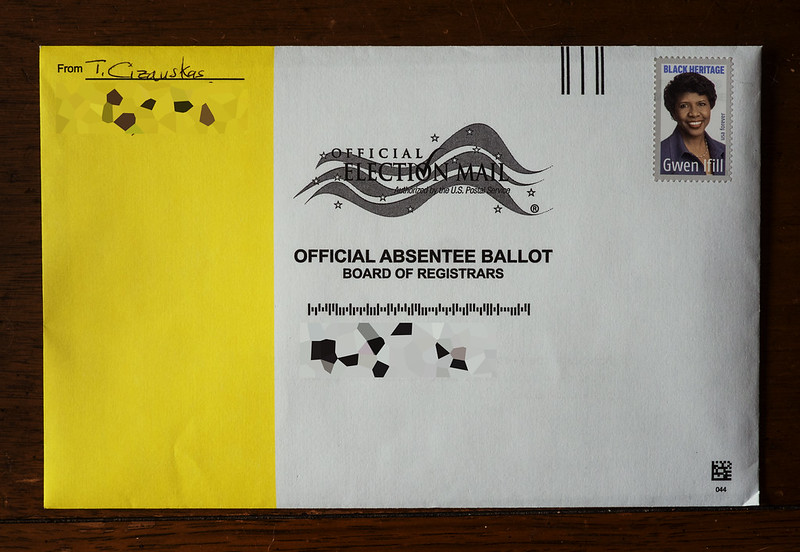
VBM will be invaluable in the fall—as it’s a low-risk voting option, in terms of both COVID-19 and fraud. In fact, one 20-year-long study showed that, out of the over 250 VBM million ballots cast, only 143 of those have been proven fraudulent—a rate of .00006 percent.
VBM has long been used in elections, dating back to the Civil War. And it is popular: According to NPR, about a quarter of voters in the 2018 midterm elections voted by mail.
There should be multiple means of requesting mail-in ballots, such as online, in person, over the phone and by mail. Returning a ballot should be easy and responsible as well—by mailing in, of course; but some other ideas include a drive-through or curbside drop-off adaptation, a secure dropbox and polling officials making home visits to collect ballots from those who are strictly quarantining.
Of course, VBM is by no means a perfect system.
“Democracy advocates focused on VBM need to realize that it is not a panacea, nor is it the holy grail of democracy,” writes the National Election Defense Coalition (NEDC). “Most voters prefer to vote in person.”
Furthermore, not everyone is willing or able to vote by mail. In particular, Black voters, after decades of voter suppression, express concern about their mailed-in ballots not being counted. Those who distrust the process or do not have access to a mail box will need an in-person system—which could include re-opening public spaces, like DMVs or public parks, to serve as polling places, or business owners offering their property to city officials to provide as a polling station.
“There will be legitimate fears about using absentee ballots,” said Stacey Abrams, creator of Fair Fight, a group dedicated to preserving fair and free elections. “We have to use every tool in the toolbox.”
FUNDING
According to the Brennan Center for Justice, the nationwide November election will cost up to $2 billion to adapt to the threat of COVID-19. The CARES Act, passed in March, allocates just $400 million to the election— woefully not enough.
“We can’t afford not to get the money [from Congress]. The consequences would be so dire. It would be so devastating, not just to our election, but to America’s standing in the world overall,” said Wendy Weiser, director of the Brennan Center’s Democracy Program.
With adequate funding, Congress, secretaries of state and governors could fund:
+ Recruiting and properly training and polling station personnel. This should include providing PPE and sanitizing supplies for all polling stations.
+ Widening the hours and/or days of polling station operation.
Making sure that voting and safety go hand in hand in the face of COVID-19 is of the utmost importance. This past June in Georgia, voters waited for hours as social distancing measures strained polling stations. Widening voting hours can alleviate the congestion at polling places.
+ Printing and mailing ballots to voters.
+ An overabundance of paper ballots and ballot tabulators at all stations. Paper ballots need to be available on request.
+ Efforts to practice social distancing at polling stations. This may include having to fund a bigger location than anticipated in order to comply with social distancing mandates.
+ The mass implementation of public risk-limiting audits of voter-verified paper ballots.
“Risk-limiting audits guarantee that if the vote tabulation system found the wrong winner, there is a large chance of a full hand count to correct the results,” said political scientists Mark Lindeman and Philip B. Stark.
+ Pre-paid postage for mail-in ballots. (Paying for stamps cannot become the new “poll tax.”)
+ Voter education campaigns. The fear and confusion of current events create a perfect storm for bad actors to manipulate and suppress voters.
Any campaign must be transparent and vocal about changes to voting rules, widespread over a variety of platforms (television, newspapers, radio, social media, etc.) and accessible to non-English speakers. There will also need to be a concerted effort to extinguish misinformation.
+ Part of any education campaign must include fighting back against the misinformation the president himself shares regarding voting. While it may be impossible on Congress’s behalf to curb his language, Twitter and Facebook would be wise to flag false information that he shares. Politicians, Republicans and Democrats alike, must continue to push back against his lies.
Covering the costs of implementing these reforms requires an infusion of funding from the federal government to the states.
Take Action
Verify your registration status and help others register to vote through Vote Save America.
Moreover, in-person polling centers will need poll workers—as chronic shortages of poll workers have increasingly led to voting location closures over the years. Now, with COVID-19 cases on the rise, the shortage of poll workers is projected to become even more severe. (See how you can become a poll worker.)




